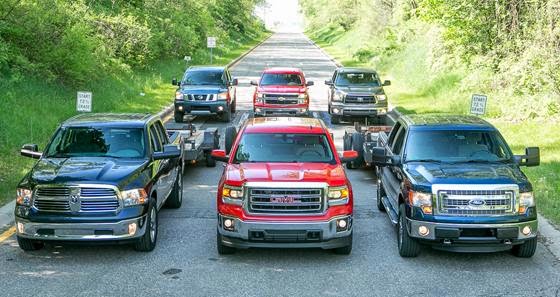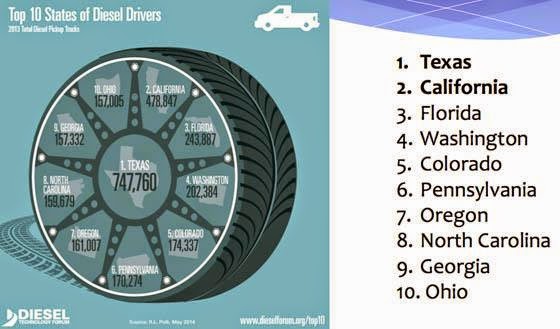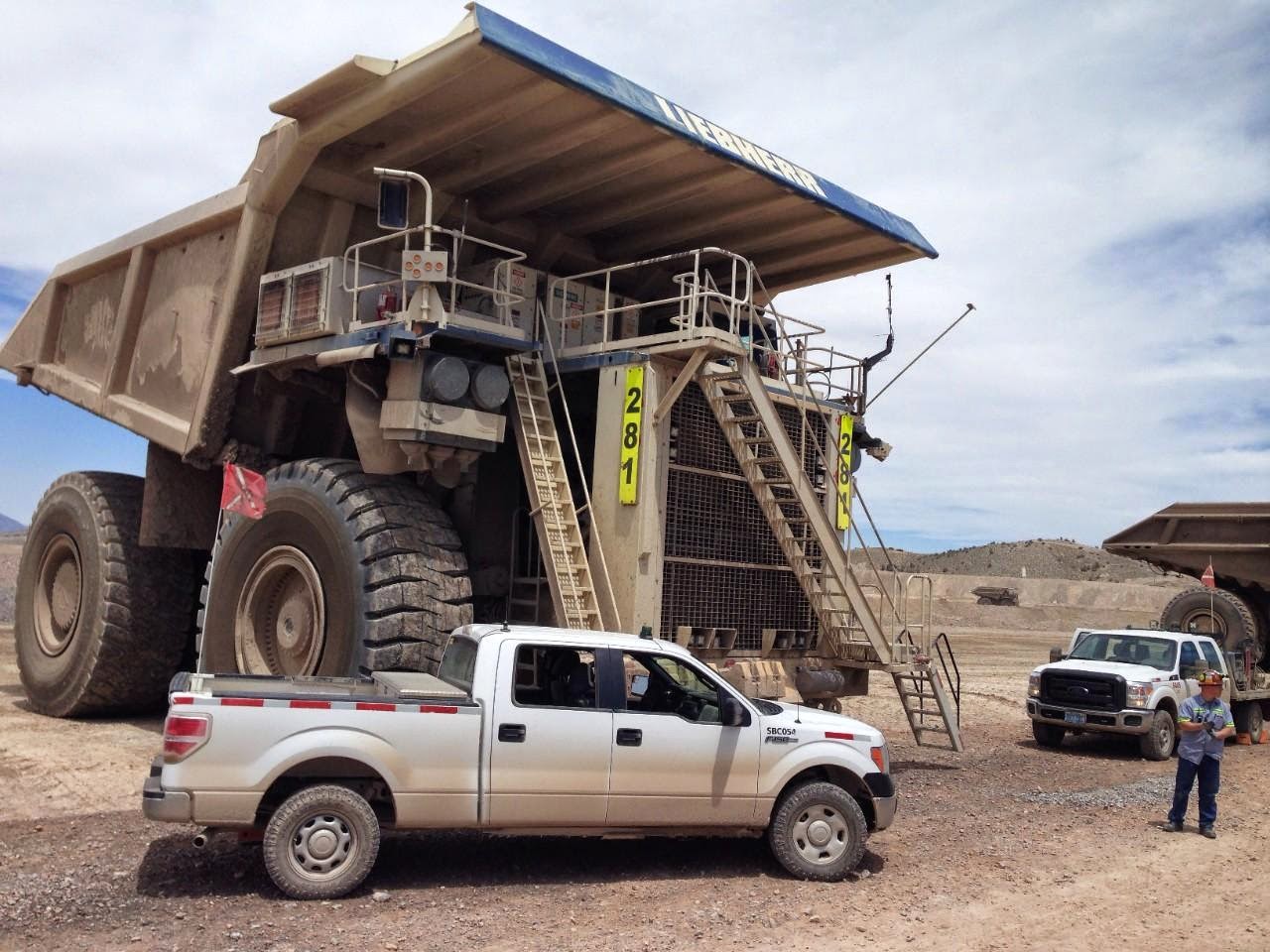Half-ton pickup trucks have been getting stronger in terms of frame strength and towing capacity for the past several years. These improvements are pushing the limits on what a traditional half-ton truck is built for. Also, the substantial growth in three-quarter-ton towing capacity is creating a product gap. As a result, will we see more heavy-duty half-ton pickups in the market soon?
The growing use of high-grade steel has created a generation of pickups with stronger frames. This strength combined with new engine improvements leads to half-ton trucks being able to tow a substantial amount of weight. Throw in a larger engine, provide more suspension, beef it up and add better braking in these half-tons and you basically have the same specs of a three-quarter-ton truck from just a decade ago. This type of heavy-duty half-ton is perfect for the occasional hauler who doesn't need/want the larger HD. It also makes a lot of sense for Toyota and Nissan.
Heavy-Duty Versus Half-Ton
For the last few years, HD trucks have been increasing their towing capacity. The latest example of this is the new towing leader, the 2015 Ford F-450 with a maximum towing capacity of 31,200 pounds. In 2005 the same truck had a maximum tow rating of 16,700 pounds.
While, yes, the half-ton and three-quarter-ton segments are substantially different, there is a growing gap between the towing capacities where an HD half-ton could make sense. See the chart below.
Let's state the obvious right here: A three-quarter-ton truck is vastly different from a half-ton. In most cases, the frame and parts are more akin to a locomotive than a car. This means manufacturers need dedicated production lines and parts suppliers to build them. This extra expense could be reduced with a half-ton HD package.
That means manufacturers like Toyota and Nissan that offer only light-duty pickups could bring a heavy-duty package option to their half-ton trucks. These trucks would have:
- Stronger rear section of the frame
- Larger axles and springs
- Upgraded driveshaft parts
- Tempered transmission and axle gears
Toyota, Nissan HD Truck Plans
Last year an insider said Toyota was working on an HD half-ton. The speculation is the Tundra is basically already overbuilt and by making a few changes, Toyota could easily add an HD half-ton to its lineup. Plus, with Toyota's production limitations, it could add it to the San Antonio plant without making a huge investment. Lastly, with the Tundra's success/failure (depends on how you see it in the half-ton market) Toyota wouldn't have to try to compete in the competitive HD segment.
Nissan could also follow suit for the same reasons. Like Toyota, Nissan doesn't have the manufacturing facilities Ford, GM and Ram do. Plus, with the Titan getting the Cummins diesel it seems like it could be easily adapted as a heavy-duty hauler. This would bolster Nissan's reasoning for adding the Cummins diesel in the first place, and provide it with a unique item in a hot part of the truck market.
With a booming truck market and profits to be made, it seems increasingly likely that Toyota and Nissan would offer a product like this sooner rather than later.
The increased payload and towing means small/light recreational vehicle owners and toy towers (boats, all-terrain vehicles and others) would jump on it. Additionally, if those truckmakers are smart about pricing and keep it below average three-quarter-ton pricing, they could build a nice niche for themselves. Add to that some cab and or unique bed lengths, and the pool of new truck buyers would only get bigger.
Building a product to meet customers' changing needs, filling a gap in a limited lineup and steering clear of the Detroit Three's three-quarter-ton and one-ton competition seems like a no-brainer for Toyota and Nissan. Unfortunately, neither of these pickup players is good at taking big risks. However, not stepping into this arena may be an even bigger risk if they plan to be around for the long haul.
From .pickuptrucks.com
Cars.com images by Evan Sears; manufacturer images











